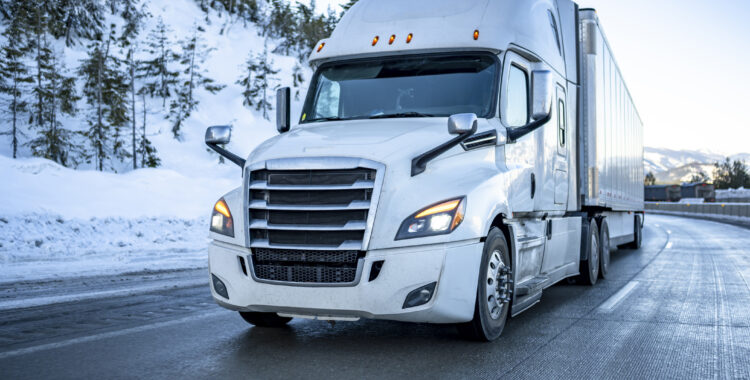
Emitting 3.65 tons of carbon dioxide, more than a petrol-powered car. Multiplied by 7 million, that’s exactly 25,550,000 tons of extra carbon dioxide emitted into our “fresh” American air over the vehicle’s lifetime.
That number is even more drastic when you compare diesel to electric. But you get the picture.
California has some of the worst air quality in the whole of the United States; however, we really have a great buffet of poor air quality here. Nearly every state needs to do something about air pollution, and they may be able to take a page out of California’s book.
California’s aim is set on vehicle emissions, and transportation makes up around 40% of the state’s greenhouse gas pollution.
EPA Approves California’s New Rules
The EPA has announced that they completely back California’s new goal of phasing out diesel trucks.
The Biden Administration has laid its seal of approval on the plan, in a hope that this will cut greenhouse emissions and improve air quality for the health of the Californian population.
An improvement in air quality could save thousands from serious illness. The World Health Organization has linked exposure to air pollution to stroke, heart disease, chronic obtrusive pulmonary disease (COPD), lung cancer, pneumonia, allergies, and cataracts.
The new plan will target truck manufacturers and companies with large fleets of the vehicles. All companies with more than 50 trucks will be forced to identify the specific purpose and uses of their trucks.
Truck-producing auto companies must aim, depending on the type of truck, to create 40% to 75% zero emissions trucks by 2035. And, as of next year, companies will be obligated to sell higher percentages of zero-emission trucks.
This will hopefully incentivize greater investment into the electric trucking industry, especially with California being home of the leading electronic car company, Tesla.
“Under the Clean Air Act, California has long-standing authority to address pollution from cars and trucks,” said Michael Regan, Administrator of the EPA, in a statement following the news. “Today’s announcement allows the state to take additional steps in reducing their transportation emissions through these new regulatory actions.”
The new regulations are being applauded by environmental officials and activists from across the state.
How Bad is Diesel?
Well, the short answer is …
Bad.
Very Bad.
In the late 1990s, diesel engines were promoted by the European Union, as they were seen to be the more environmentally friendly alternative to petrol cars. With tax incentives, when buying the car or fuel, sales in diesel vehicles soared. And in the 90s, diesel did produce slightly less carbon dioxide than gasoline. But not today.
As time went on, engineering made leaps forward in engine design to the point where there was no difference between the emissions of standard gasoline or diesel. We had also completely forgotten about all the other dirty pollutants being spewed out into the air by diesel cars.
The OECD released a report in 2014 and concluded that diesel cars were 18% worse for the environment than standard gasoline because of diesel’s non-carbon emissions, particularly soot and nitrogen oxide. New research points to diesel cars producing 3.65 tons more carbon dioxide now than standard gas.
So, with the added pollutants released by diesel vehicles and research showing that the cars release more carbon dioxide over their lifetime than petroleum-based gas, maybe California’s plan isn’t such a bad idea.
With a goal of zero-emissions in trucks, maybe our eyes will be opened to a goal of zero emissions in all vehicles. And most eyes are opening, with electric cars becoming more and more popular.
Car manufacturers, such as Volvo, intend on selling a complete fossil fuel-free product range of trucks by 2040. With it being such an integral part of trade here in America, we must electrify our trucks and follow the example of California.
We have the ability and the technology to move to cleaner, more environmentally friendly alternatives. Now we need the incentive.
New rules like these are a good start.












